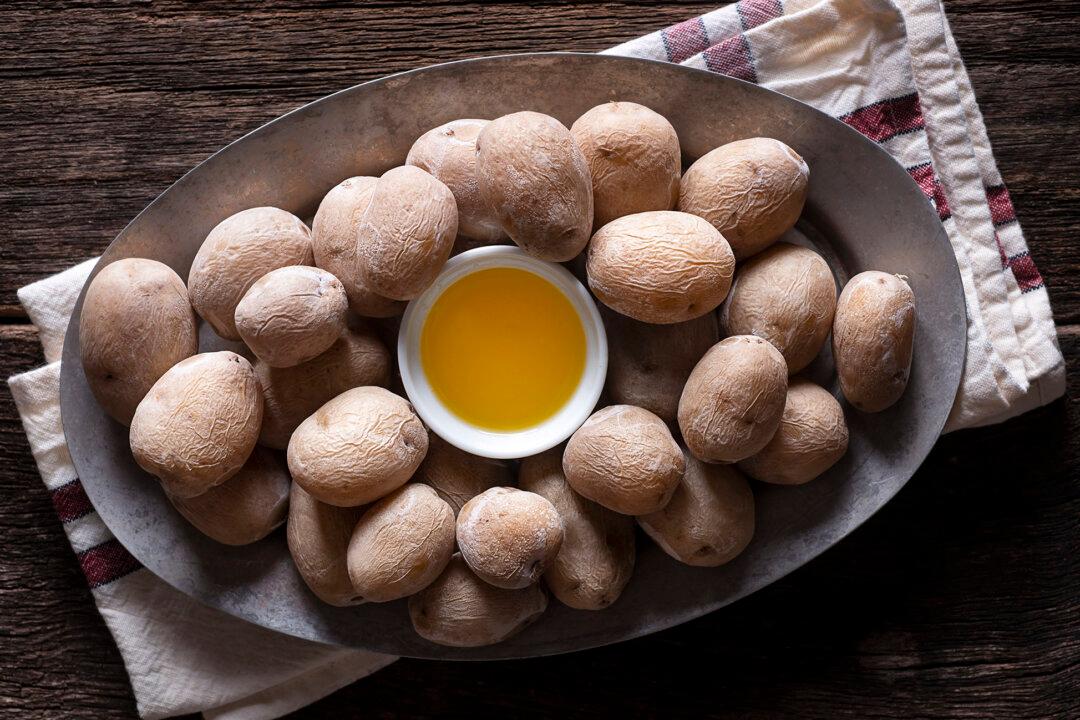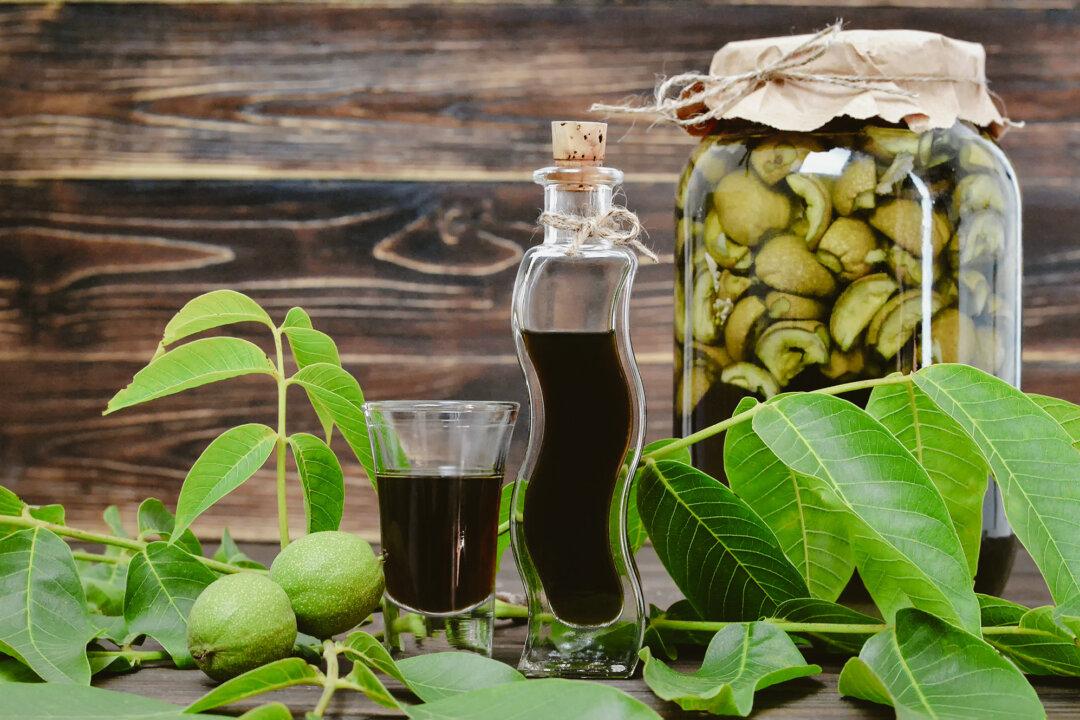There’s a beer for every season, and winter is no exception. Less daylight, colder temperatures, and snow and ice as you head north might have you reaching for a winter warmer.
As the name suggests, this is beer for the winter months. But that’s all you’ll learn about it from its name, because it is not a particular style. Brewer interpretations range all over the place.





